Feldkamp: Grass isn’t ‘green,’ So why are we policing gardens in Louisville neighborhoods?
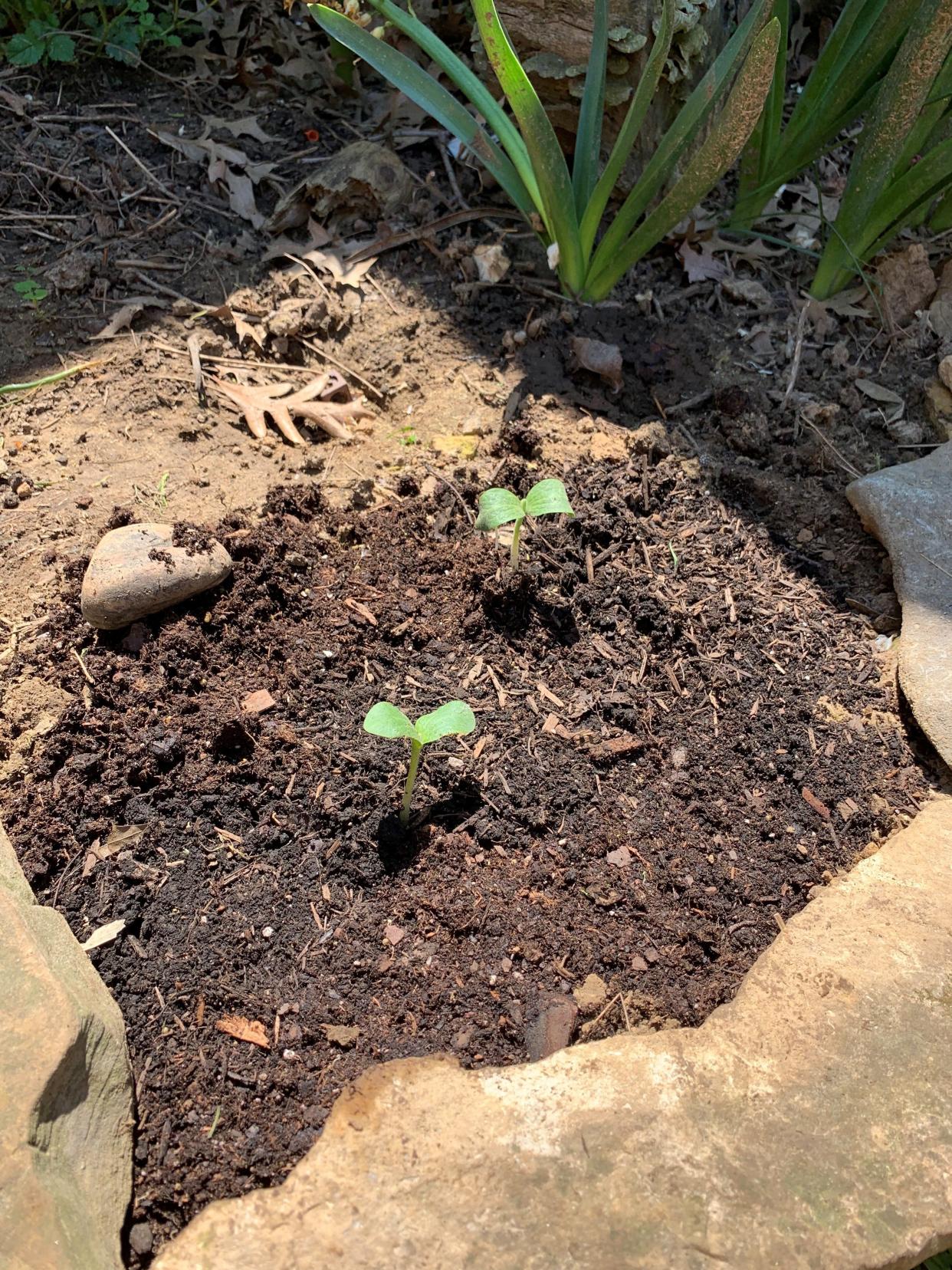
Earlier this spring, my 7-year-old son spotted two seedlings that had sprouted in our compost heap. I was pretty sure they were pumpkin sprouts from last fall’s front porch décor. He wanted to know for sure so we lifted them from the compost and planted them where our garden meets the lawn.
Our front yard is fenced in for the dog so our garden is well defined and contained. I plant flowers close to the house and vegetables next to the fence where they get full sun. It never occurred to me that we could be violating some sort of ordinance with our garden adventure. But after reading that the city of Shively ordered the library’s community garden to be taken down and one resident in Prospect is still battling with neighbors over her pollinator garden, I wondered if we could actually be penalized for encouraging my son’s curiosity. I’d hate to think that my son’s future requests for what he calls a “surprise harvest” could require me to say “No, we’re not allowed.”
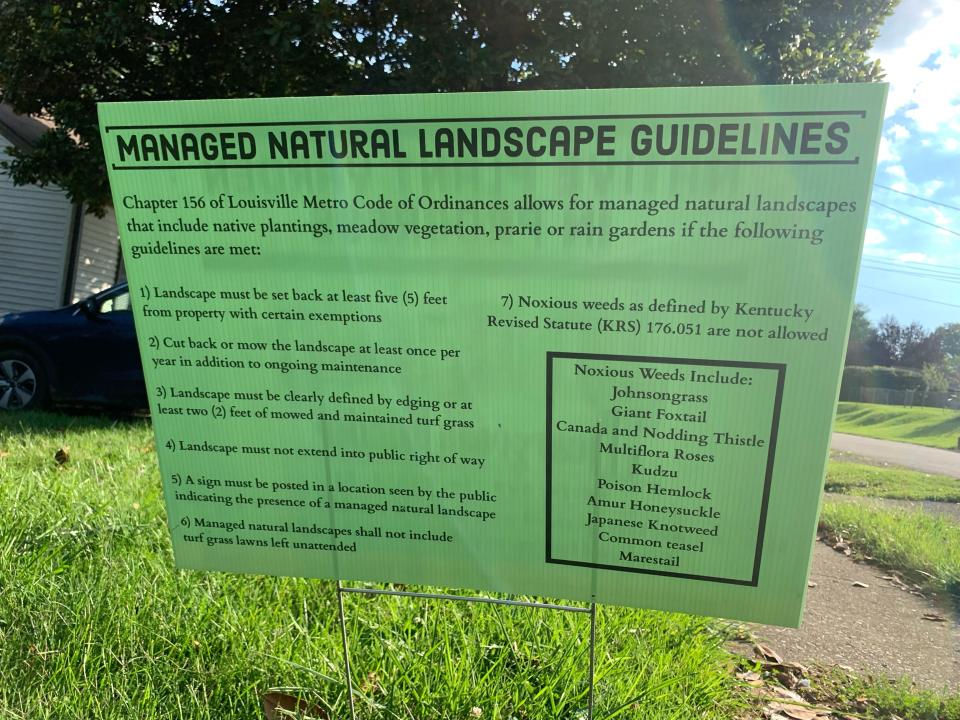
Last month, my neighbor put up a sign in their yard. It’s a list of seven guidelines. At the top it reads:
Chapter 156 of Louisville Metro Code of Ordinances allows for managed natural landscapes that include native plantings, meadow vegetation, prairie or rain gardens if the following guidelines are met.
Posting a sign is point number five.
The lawn debate, is grass really 'green?'
People seem to either love lawns or hate them. “No Mow May” is an effort to save blossoms that dapple many lawns in early spring, like clover, for the bees to feed on before other flowers emerge. There’s also the “grow food not lawns” movement for those who would rather have a lush vegetable garden in their front yard than turf grass.
Grass is actually considered America’s largest irrigated “crop,” beating out even corn, according to NASA Ames Research Center. But it doesn’t produce any kind of edible flower or fruit unless you count the fact that your dog might eat it for an upset tummy. Europeans brought grass lawns to America as a status of wealth and class. But even these lawns were planted with added chamomile and thyme.
Before the 1950s, grass seed mixes included clover. Clover is drought tolerant and isn’t picky about soil quality or sun exposure. It doesn’t turn yellow and die when exposed to pet urine. Unfortunately, it became thought of as a broadleaf weed when more people turned to chemicals to maintain their lawns. The development of weed-and-feed products meant that when you killed dandelions you also killed clover. So now turf-grass lawns are desired though they do nothing for our environment except help us waste water and further pollute the environment. We cut grass, water it to keep it green, then it grows only to need cutting again.
There has to be a better way.
If you want a manicured lawn, fine. But if your neighbor doesn’t, what’s the harm? And if your library, school or community wants to offer space where children can learn about how a seed becomes fresh delicious produce, isn’t that a wonderful thing?
My son’s “surprise harvest” grown to be a full-blown pumpkin patch. It covers space we would have usually mowed. I’m not sure it could be considered a “managed natural landscape.” I just consider it part of our garden.
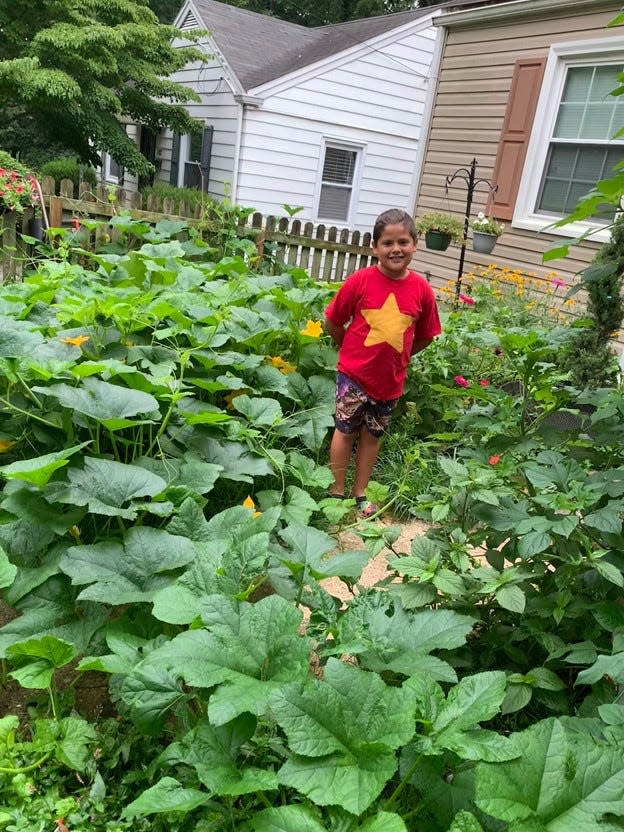
A garden is something positive we can cultivate together as a family and as a community. Why not feed the bees and the butterflies while growing food and flowers for your family?
Kentucky is in the top five nationally for the highest number of farms. Why should urban and suburban community members be excluded from the wonderful experience of planting and harvesting? Children can learn about flowers, bees, vegetables and even soil science. Gardening engages the five senses, fosters mindfulness, offers much-needed habitat for pollinating insects and helps us connect with our food.
I cannot wait to see how big this pumpkin patch in my front yard will get. We’re lucky to have neighbors cheering us on instead of demanding we take it down. And I have a feeling that transplanting compost seedlings to discover what “surprise harvest” it will bring is our new family tradition for spring.
Lawns, gardens or natural landscapes: What to know about the Louisville yard debate
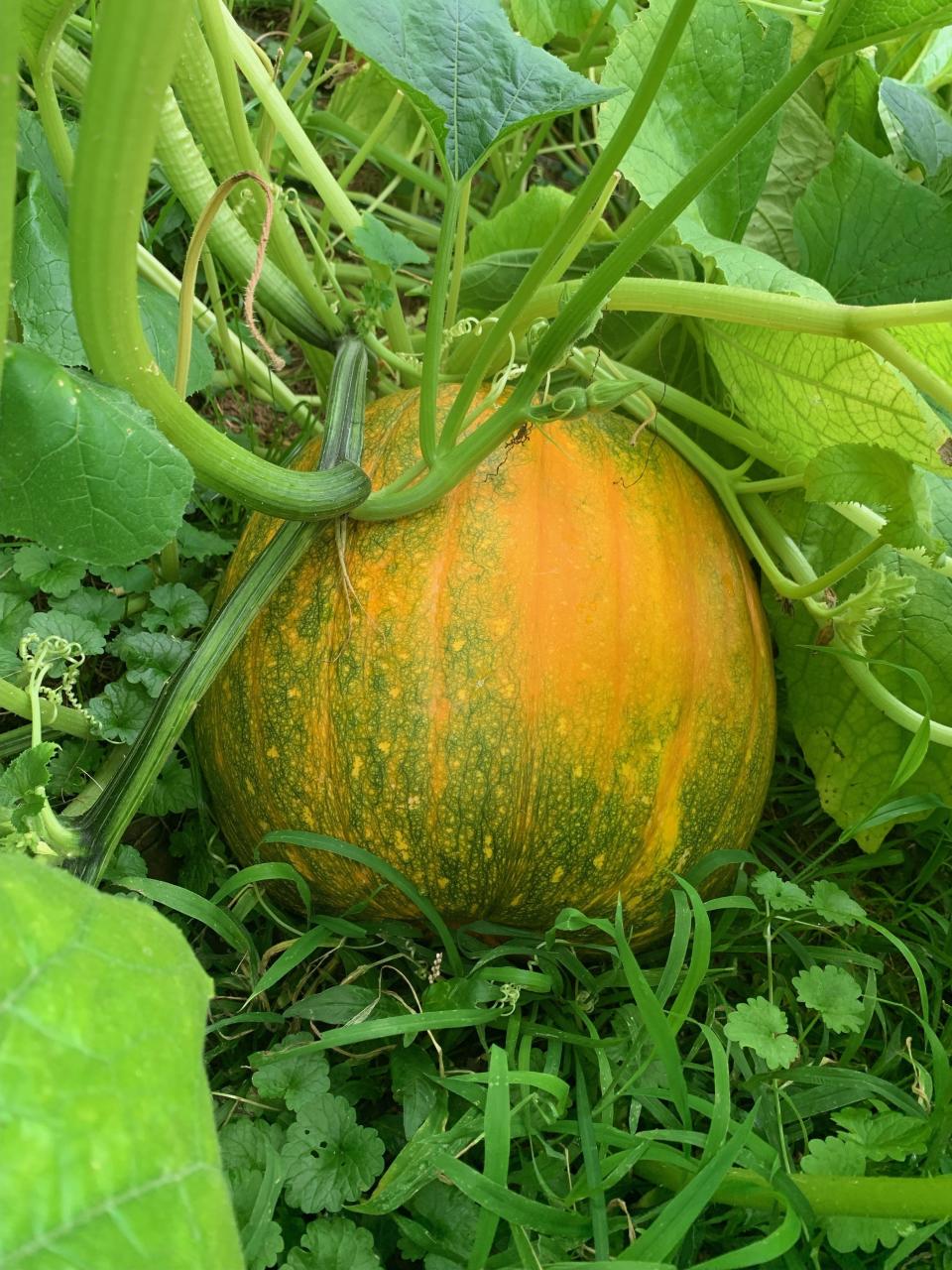
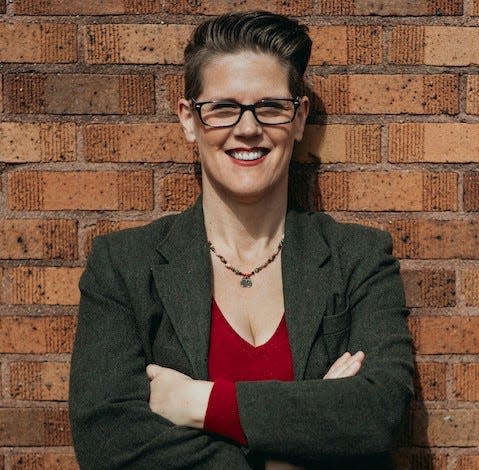
Bonnie Jean Feldkamp is the opinion editor. She can be reached via email at BFeldkamp@Gannett.com or on social media @WriterBonnie.
This article originally appeared on Louisville Courier Journal: Gardens are greener than grass. Grow Food and flowers, not turf lawns

